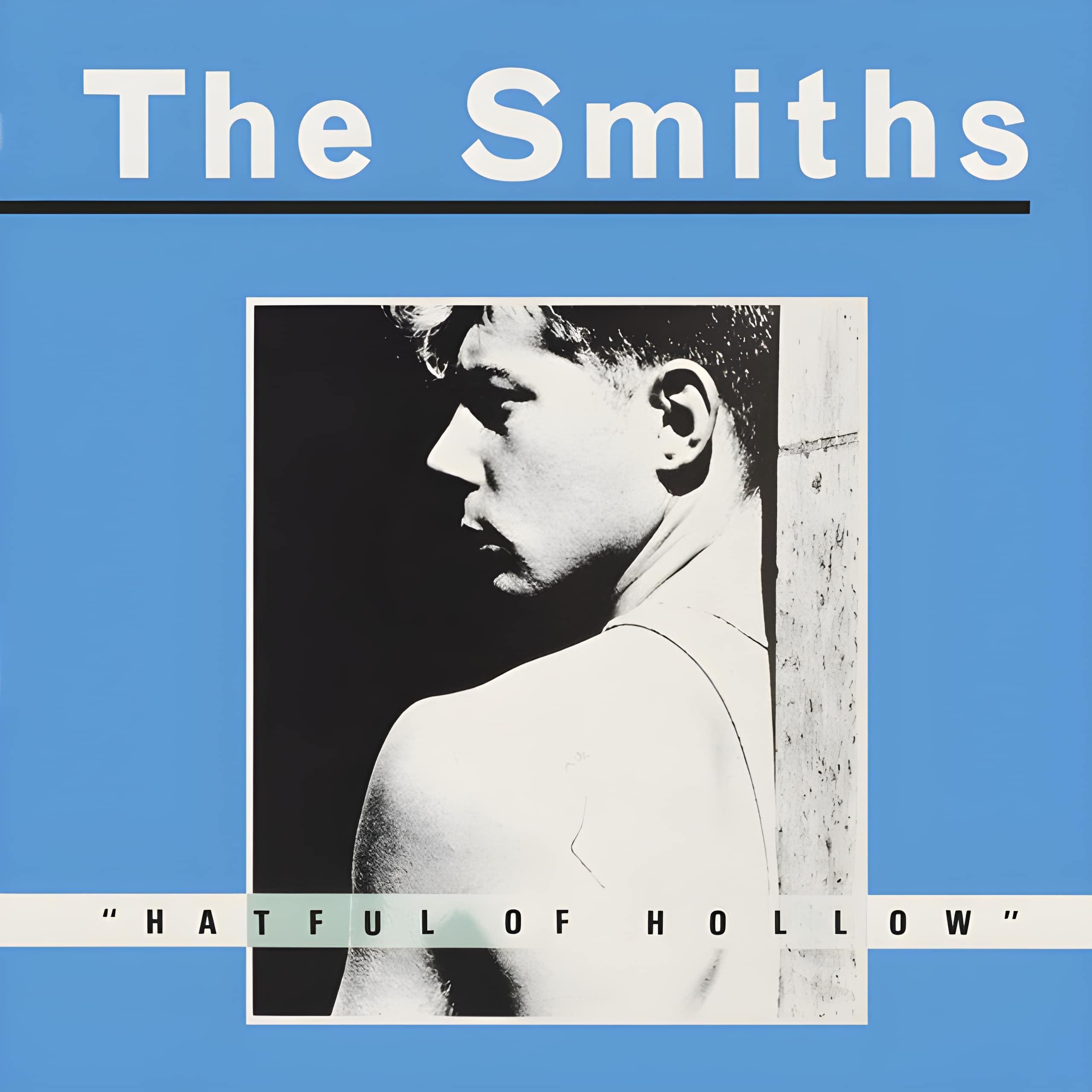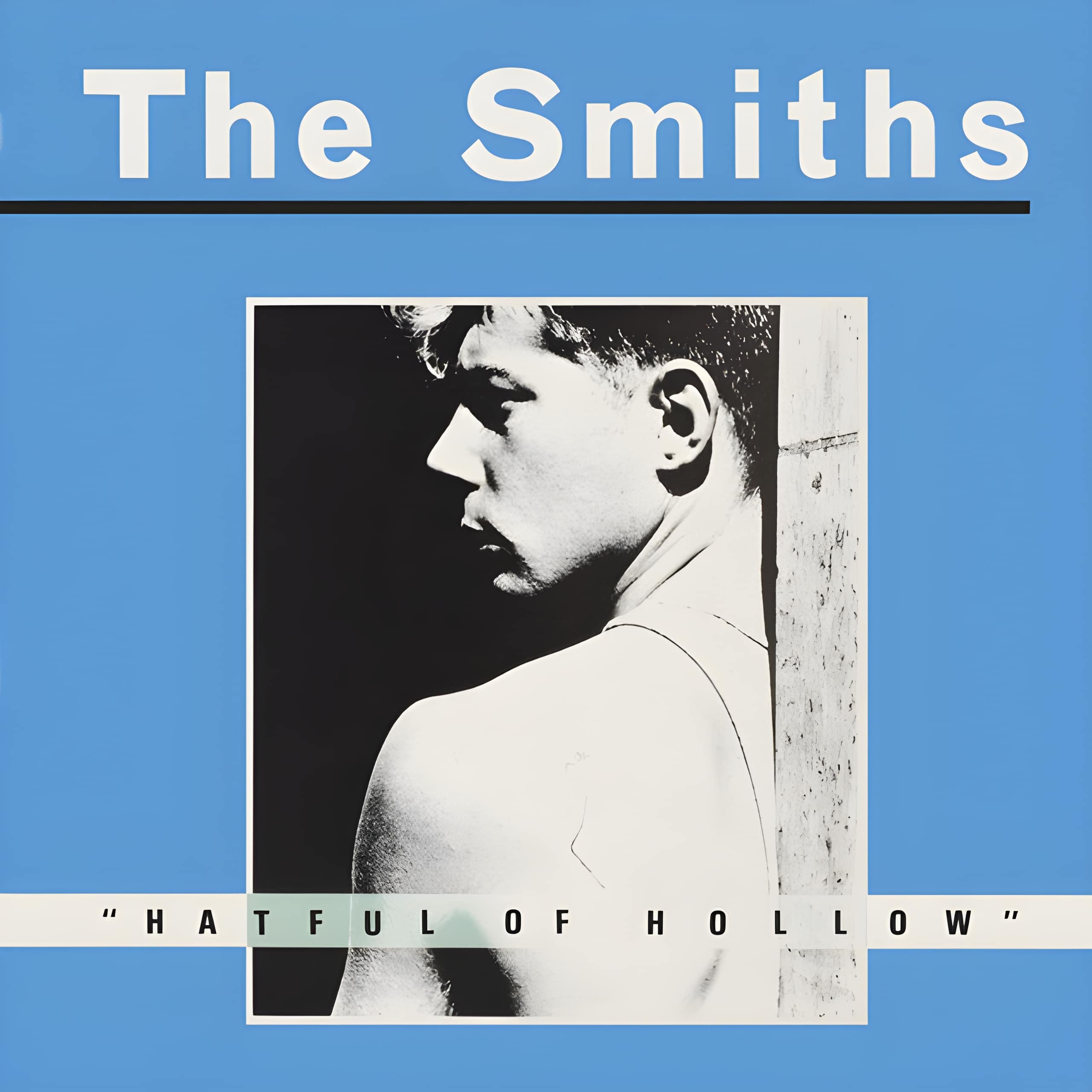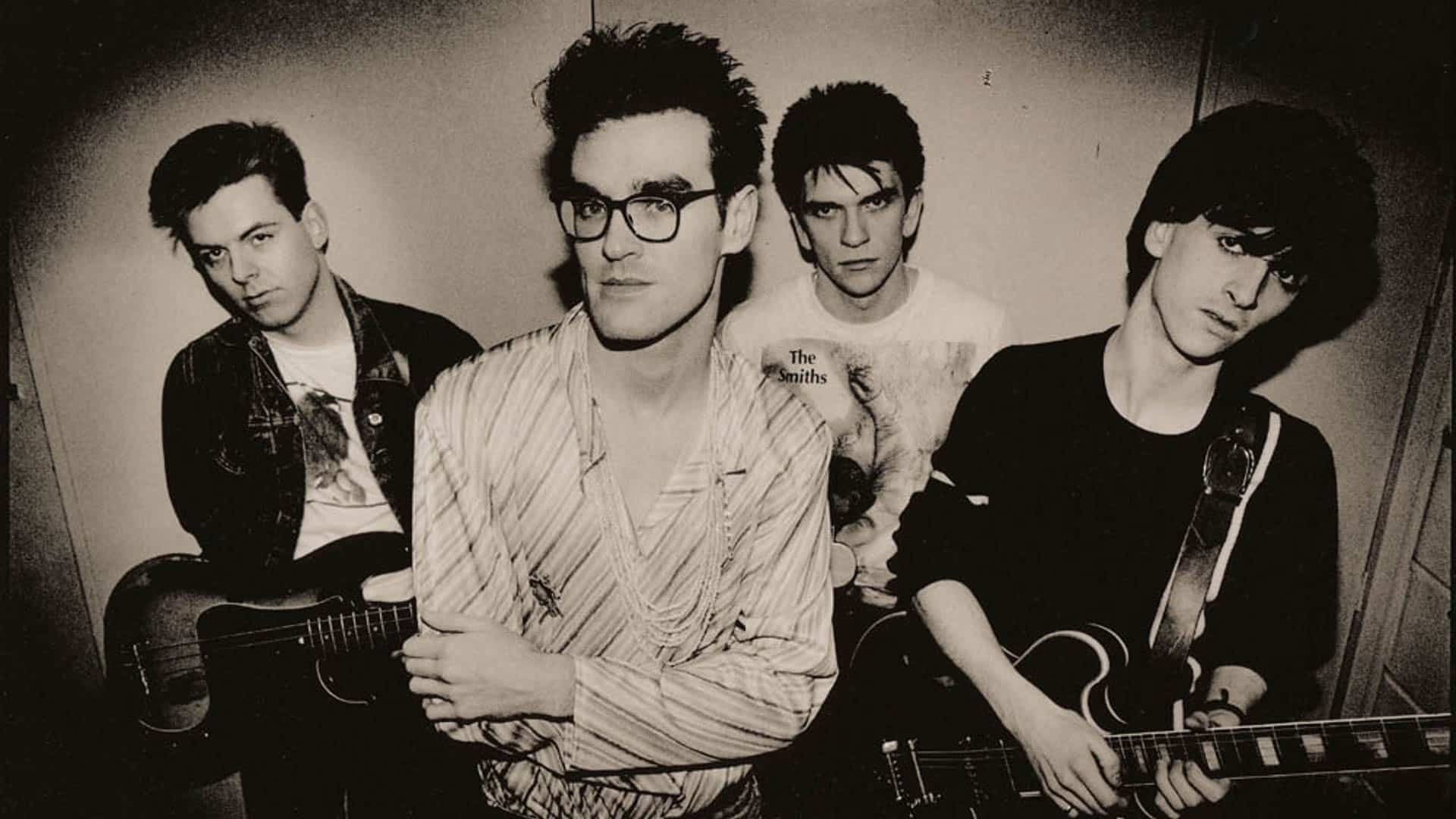Released: 1984
“This Night Has Opened My Eyes,” remastered in 2011, is The Smiths pouring their heart out in a haunting narrative that grips the soul. It’s a layered tale, woven with themes of disillusionment, the stark reality of life’s cruelties, and the complex intertwining of joy and sorrow. It navigates through the grim story of a baby’s fate, challenging the listener to confront uncomfortable truths about society, trivial dreams, and the harsh reality that stomps on them.
The opening lines immediately sink you into a chilling scene – a baby, metaphorically or literally, is drowned in a river “the colour of lead,” symbolizing a grim and polluted life from the start. The “News Of The World” refers to the infamous British tabloid, known for its sensationalism and scandal-mongering, wrapping the baby could suggest how scandal and gossip overshadow more important issues, like the sanctity of life. This act of abandonment, “Dump her on a doorstep, girl,” throws a sharp light on issues such as unwanted pregnancies, the stigmatization of single mothers, or even the detachment of society from its most vulnerable.
The chorus, “This night has opened my eyes, And I will never sleep again,” hits with the awakening to harsh realities, a moment that changes one’s perspective forever. It speaks to those life-altering epiphanies that once encountered, you can’t unsee or forget. The narrative then shifts to a “grown man of 25,” possibly the father, caught in his own struggle with promises of change and cures that never materialize, symbolizing broken promises or abandoned responsibilities.
“The dream has gone but the baby is real” juxtaposes the crashing of idealistic dreams against the visceral reality of life’s consequences. The baby could have been “a poet” or “a fool,” suggesting the lost potential or the arbitrary nature of fate. The refrain of doing a “good thing” versus a “bad thing” reflects the moral ambiguity and the internal conflict faced when making impossible choices under societal pressure or personal desperation.
The image of “a shoeless child on a swing” is a poignant reminder of innocence and the cyclic nature of neglect and poverty, echoing back to one’s own vulnerabilities. The line “She took away your troubles, Oh, but then again she left pain,” encapsulates the bittersweet release and the inevitable emptiness or pain that follows sacrificing something precious or innocent in a futile attempt to escape one’s troubles.
The closing lines, “And I’m not happy, And I’m not sad,” resonate with a profound sense of ambivalence, encapsulating the complexity of human emotions in the face of life’s contradictions. It’s a reflection on the numbness that can come from facing harsh realities, where feelings are so intertwined that happiness and sadness become indistinguishable.
Through “This Night Has Opened My Eyes,” The Smiths not only narrate a story but also evoke a deeply emotional journey. It’s a reflection on the disillusionment with the romance of life, confrontations with its cruel realities, and the complex tapestry of human emotion. A masterpiece that leaves you contemplating long after the last chord fades.








